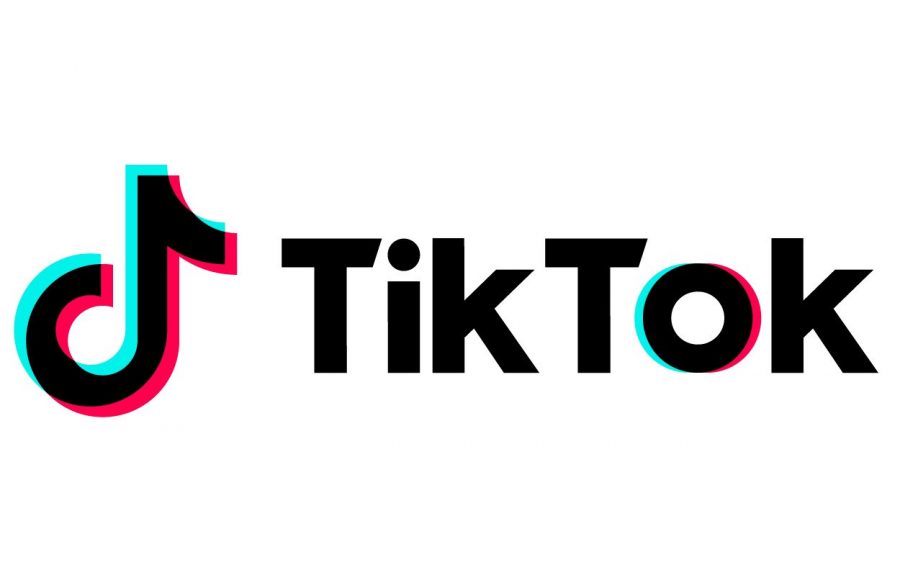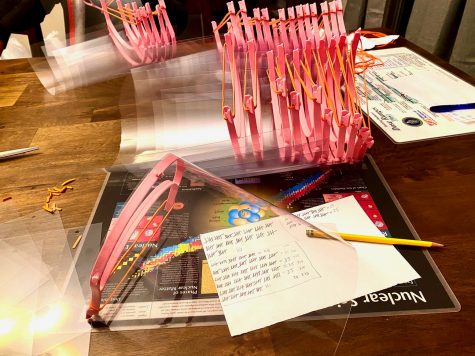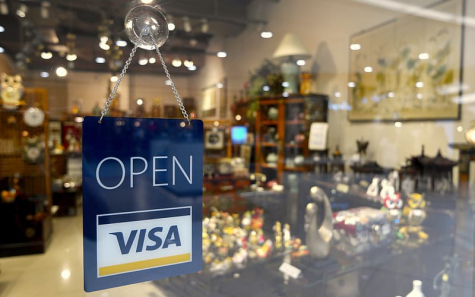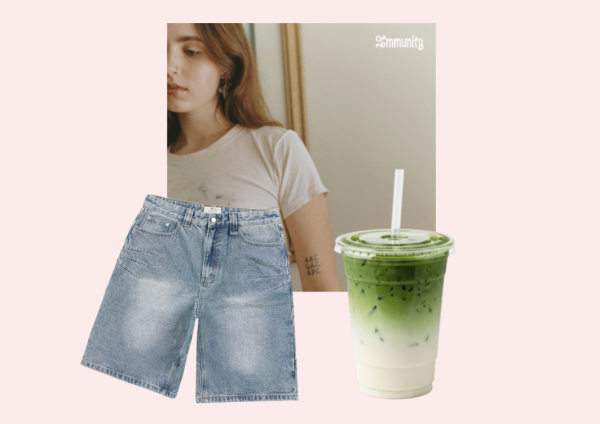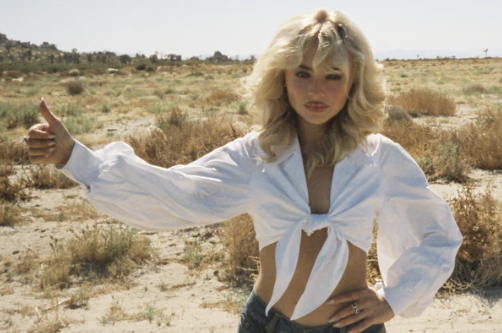The thrills and dangers of TikTok: What to love and be cautious of while using this addictive platform
What could be more entertaining and simultaneously terrifying than 15 to 60-second online videos with an audience of millions of teenagers, teachers, doctors, parents, celebrities and pretty much anyone else with a cell phone?
TikTok—formerly named Musical.ly—has taken flight in the past year with 800 million active users. With everyone currently isolated at home, many teenagers are spending hours a day on the app, scrolling through videos of comedy, acting, dancing, vlogging and lip synching. The app has been popular since its release in September 2017, but as the platform continues to grow, it’s important to evaluate how much harm or good it is doing and in what way it’s affecting its users.
We’ve put together an evaluation of TikTok’s pros and cons to help you decide whether the app that’s most likely filling up your free time in social isolation is really benefiting you.
The Pros
Musical.ly began as an app centered around music, primarily through lip synching and dancing. Despite their rebranding to TikTok, that element was not taken away. Endless dances created on the platform are well known, even by those not using the app. One of the dances that has taken the app by storm, “Renegade,” was created by 14 year old Jalaiah Harmon and has been performed by thousands, even celebrities such as Lizzo, Kourtney Kardashian and David Dobrik. The popularity of such dances encourages individuals to not only tap into their creative side, but also to get up and get active.
Dancing isn’t the only way people on TikTok are getting active—there are endless fitness accounts and at home workout tutorials. With the recent closure of gyms and exercise facilities due to COVID-19, TikTok creators have taken it upon themselves to share their home workouts, encouraging users to get physical activity during quarantine.
Among home workout tutorials, there is a massive variety of content on TikTok to fit anyone’s interests; anything from art, to cosplay, to music, to makeup, to fashion and more, you will find it on TikTok. Regardless of what content you are looking to view or create, TikTok is the perfect place to get started.
Because of the wide array of content on TikTok and the large audience, the opportunity for exposure is incredible for musicians, artists, comedians, dancers and other creators. Well known artists, such as Lil Nas X and Joji, gained popularity after their music circulated on TikTok. Supa Dupa Humble, a rapper from Brooklyn, owes much of his own popularity to TikTok—his song “Steppin’” has been used on the platform and grown as a meme. The song climbed to over 33,000,000 listens on Spotify, while none of his other songs come close to those levels of popularity.
“I was so hype, it was unbelievable,” said the rapper in a “TIME” interview after discovering his fame was much thanks to TikTok.
Celebrities and popular creators aren’t the only ones receiving praise on TikTok; the comment section of many videos on the “For You” page seems to be flooded with compliments and positive responses to the creators. Viewers will tell artists how talented they are, makeup artists how beautiful they are, creators how funny or cool their content is. TikTok user @jellopus, who has encouraged body positivity and documented his weight loss journey on the app, has noted in videos that the support of his 2.3 million followers is part of what keeps him going.
TikTok is also home to many educational creators. User @australianreptilepark educates his audience about reptiles and how he cares for them, while @homesea educates his audience about the ocean and marine life. Another, @todaystopstories, as assumed by the username, posts the top stories of the day, and @newlifestyle provides numerous lifestyle changes for sustainability and reduction of negative environmental impact. Even the Institute of Human Anatomy is on TikTok, educating their audience on, you guessed it, anatomy. TikTok is a platform to learn much more than dances.
TikTok has offered a great sense of community and provided a place to create for anyone and everyone. However, as with any form of social media, there are some downfalls.
The Cons:
While there are many fun dances and wholesome trends on TikTok, the app also acts as a platform for bullying and negativity.
Charli D’Amelio, one of TikTok’s biggest and fastest growing stars with nearly 50 million followers at just 15 years old, talked with her sister Dixie about the harassment they face online in a campaign with UNICEF. On TikTok specifically, she said she’s faced a lot of cyberbullying and negativity relating to her content and even her physical appearance.
“They don’t like how my face looks for some reason,” Charli said. “A lot about my body shape, my body type, which hits close to home because I struggle a lot with body image, body dysmorphia, bad eating habits… Getting hundreds of thousands of hate comments per week is a lot to handle.”
Cyberbullying is a problem on any social media platform, but TikTok in particular hosts a lot of hate. The way the app works, your “For You” page—similar to an Instagram or Twitter explore page—consists of an endless stream of videos that you may have an interest in based on videos you’ve liked in the past. Because TikTok is focused so heavily on their “For You” page being filled with videos from creators you most likely do not know, that hate spreads faster than on other platforms. Due to the anonymity and unfamiliarity, users often unwittingly hurt creators with hurtful rhetoric.
The users of TikTok aren’t the only problem with the app. In January 2020, “multiple security vulnerabilities” were discovered in the app by an Israeli cybersecurity firm called Check Point. These security flaws allow for manipulation of users’ content and the revelation of personal information stored in the app. ByteDance, the Chinese company that created TikTok, has been linked to child data privacy fines by the Federal Trade Commission and has been very controversial.
Censorship has become another major issue within the app. According to internal documents obtained by The Intercept, TikTok instructed moderators “to suppress posts created by users deemed too ugly, poor or disabled for the platform.” One of the documents, titled “Ugly Content Policy,” listed traits that should not appear on TikTok’s “For You” page, including abnormal body shape, lack of front teeth, too many wrinkles and facial scars. The reasoning explained in this document was that these traits may draw away new users as they are “less attractive.” Not only were physical features listed in the document, but environmental factors were supposedly taken into consideration as well, as “shabby” backgrounds like slums, dilapidated housing and other “unattractive” areas were listed. These restrictions set by the creators of TikTok make going viral more difficult for people who may look different than TikTok’s ideal appearance or may live in an area that is deemed “shabby.” This descrimination by the company against those differently abled, less fortunate or with different appearances demonstrates a policy of exclusion and unjustifiable bias.
Conclusion
TikTok can be a funway to learn new recipes, discover new music or see new dance trends, but it can also be a place to foster cyberbullying, and is insecure in its foundation. We’re not here to persuade you to download or delete the app, but hope you take these points into consideration the next time you find yourself scrolling for hours after remote learning.

Payton is a senior at Naperville North, and is excited to be a first-time staff member at The North Star. She focuses on photography, but is excited to...

Lauren Somers is a senior at Naperville North and is super excited to continue writing for The North Star for her second year. She can’t wait to try...

